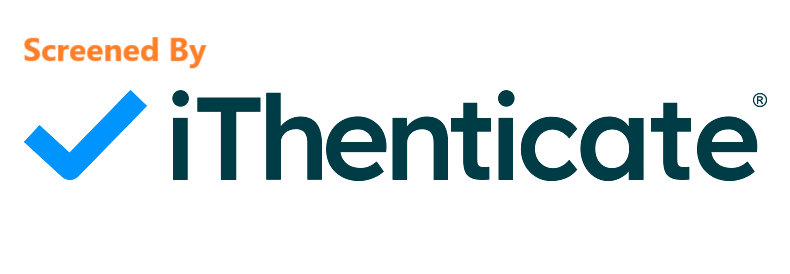Physical properties of spin-coated nanocrystalline zinc oxide thin film
- 1 Faculty of Materials and Manufacturing Technologies, Malek Ashtar University of Technology, Tehran, Iran
Abstract
ZnO, in its wurtzite structure, is a widely studied metal oxide due to its unique optical and electronic properties, including efficient excitonic emission at room temperature. Zinc oxide thin films were synthesized through the dehydration of various precursors. In ethanol and mono-ethanolamine, zinc acetate (I) and zinc nitrate (II) were dissolved. Glass substrates were coated using the sol-gel spin coating method (3000 rpm for 10 s), followed by heating at 250 °C. This process was done five times to make the films thicker (and allow them to form five layers on the substrate), and then they were annealed at 450 °C for 3 hours in air, yielding 200 nm-thick films. Where acetate-derived ZnO demonstrated superior performance: 92% optical transmission at 1100 nm (vs. 80% for nitrate), a widened bandgap (3.3 eV), and enlarged crystallite size (74 nm), attributed to reduced defect density and homogeneous morphology. The presence of various vibration modes in the prepared samples was also revealed by Raman spectroscopy (RS) of the annealed films. The presence of concentrated stresses within the coated films is also determined using RS, and the scanning electron microscopy results confirm the Raman E2 peaks by FE-SEM images.
Downloads
Copyright (c) 2025 Omid Khanali, Khanali Nekouee

This work is licensed under a Creative Commons Attribution 4.0 International License.
Copyright
Authors are the copyright holders of their published papers in Synthesis and Sintering, which are simultaneously licensed under a Creative Commons Attribution 4.0 International License. The full details of the license are available at https://creativecommons.org/licenses/by/4.0/.
All papers published open access will be immediately and permanently free for everyone to read, download, copy, distribute, print, search, link to the full-text of papers, crawl them for indexing, pass them as data to software, or use them for any other lawful purpose without any registration obstacles or subscription fees.








